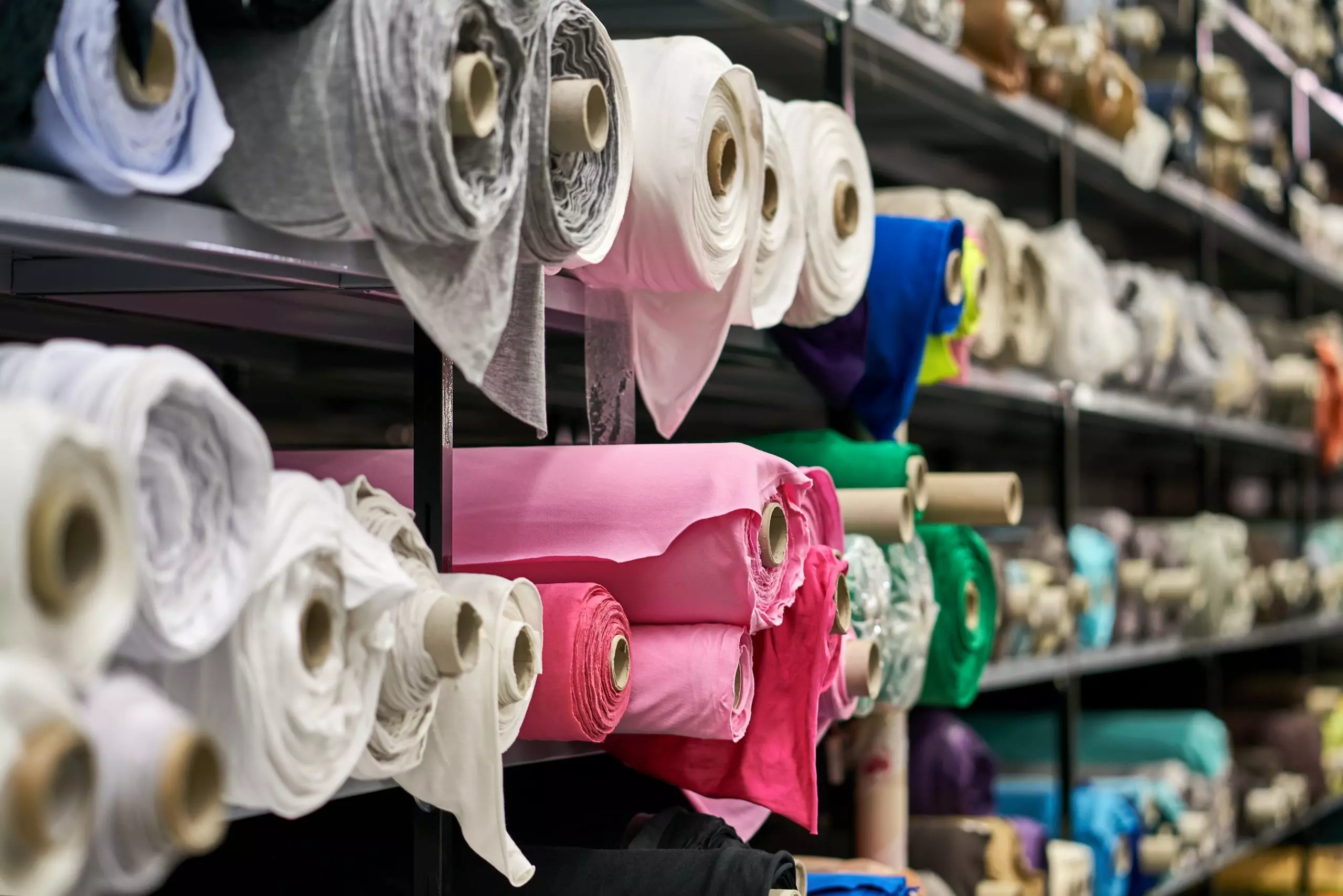Fabric roll planning is an important approach practiced in clothing factories in the USA to minimize waste of the small end bits of fabrics. Many textile factories don’t consider using fabric roll planning when spreading, and it results in a lot of fabric waste. To ensure that you utilize the fabric rolls to the fullest, apply this method.
At Apparel Production, we have taken a step further to enlighten our clients as to why fabric roll planning is the best way forward. Read on for a guide to help you understand the benefits of applying fabric roll planning when spreading.
Fabric Utilization
Fabric roll planning helps in the utilization of the fabrics. There are two types of fabric allocation methods used: automated method and manual roll. The automated method uses a carefully calculated method to ensure there is no fabric waste per roll. On the other hand, the manual method uses a random style to spread the rolls until they’re exhausted. The process continues until you achieve the required lay. This method can waste a lot of fabric.
Saves Fabric Cost
The fabric roll planning approach ensures a manufacturer doesn’t incur any loss. The fabrics are well utilized with minimal waste. Therefore, a textile manufacturer won’t face loss in terms of fabric cost.
Saves Spreading Cost
The best manufacturers in the United States use the roll planning approach to evade fabric spreading cost. The approach ensures minimal roll change while spreading, and it saves time while determining the number of rolls to use on each spread.
Covers Fabric Defects
You may find defects in fabrics made in the United States’ clothing industry. By using the fabric roll allocation approach, such defects will be covered. For example, the remaining end bits will be used to replace the defects on the fabric.
Minimizes Fabric Waste
We all know some fabrics shrink, while others don’t. They also differ in shade. That is why custom clothing manufacturers group the fabrics in terms of fabric shade, shrinkage, and width variation. When applying fabric roll allocation, you will be able to consider these three factors, which will help you minimize fabric waste.
Determines Roll Variation
Variation in the fabric length of rolls is a common occurrence in clothing manufacturers. Some fabrics are longer than others. For instance, a fabric may be 50 meters long, but, when using a roll allocation system, you will find that the fabric is a few meters short. Fabric rolls vary in length for a variety of reasons:
- The millers add extra fabric to compensate in case there is a fabric defect.
- At times, the mills miscalculate the fabric length, and it causes fabric to be longer or shorter.
- At times when the markings are being cut on the roll, they may cause fabric length to shorten.
- Fabric can be damaged, and damages must be removed from the roll, which can shorten the length.
- Finally, joining two rolls to create one roll can cause roll variation.
For these and many more reasons, it’s obvious the fabric roll planning method will benefit the textile industry greatly. Contact Apparel Production to learn how you can benefit more by using this approach.

